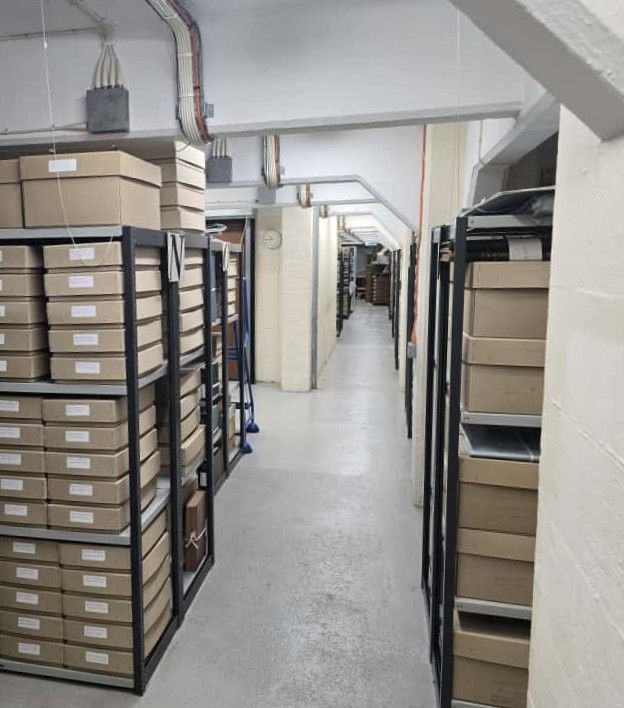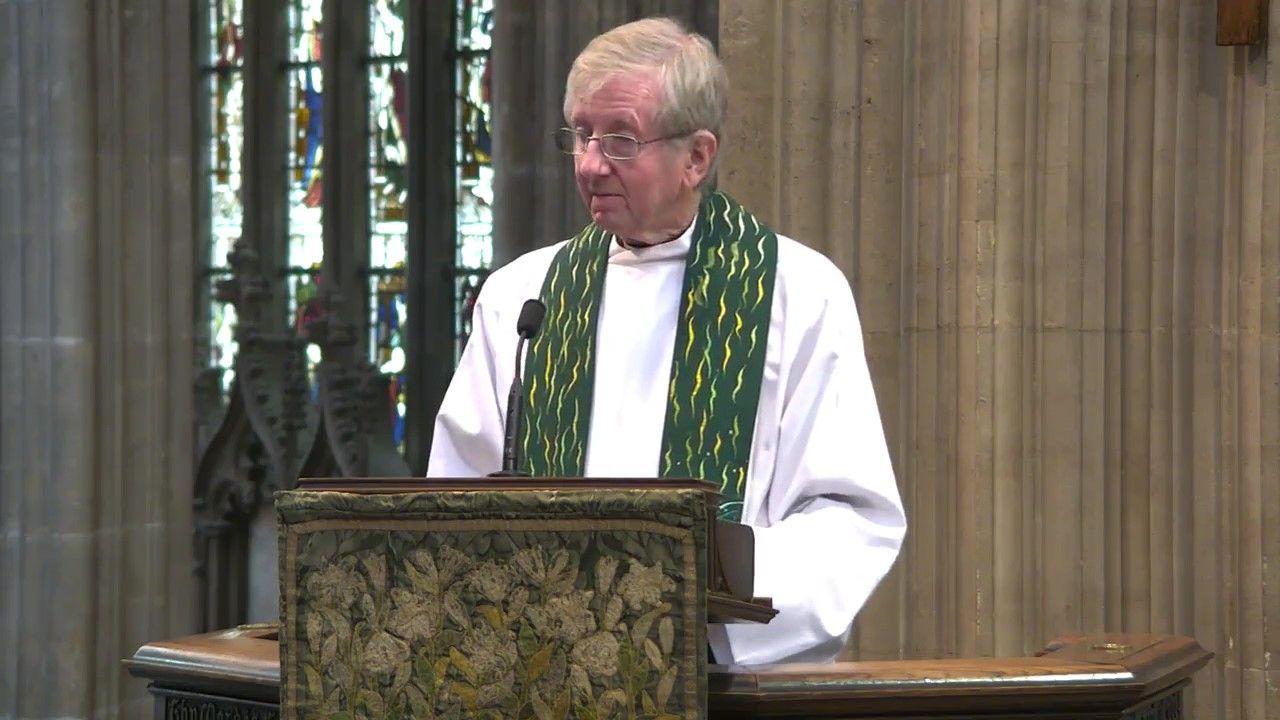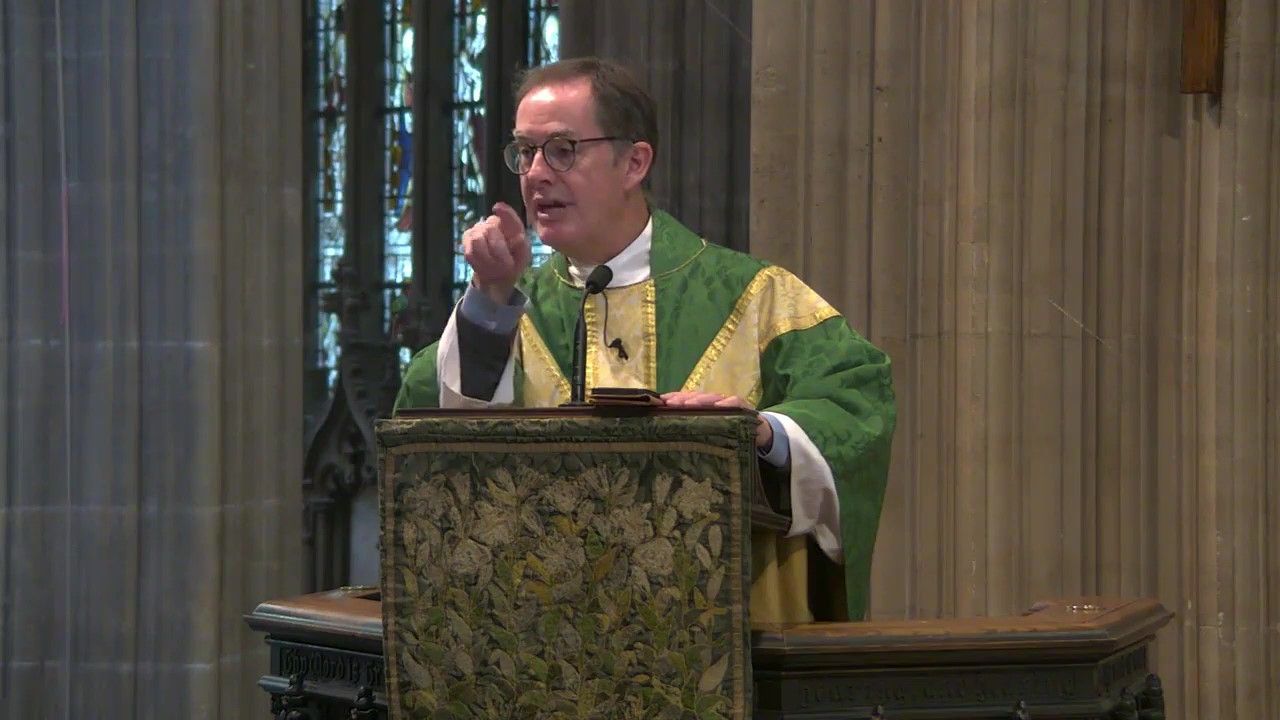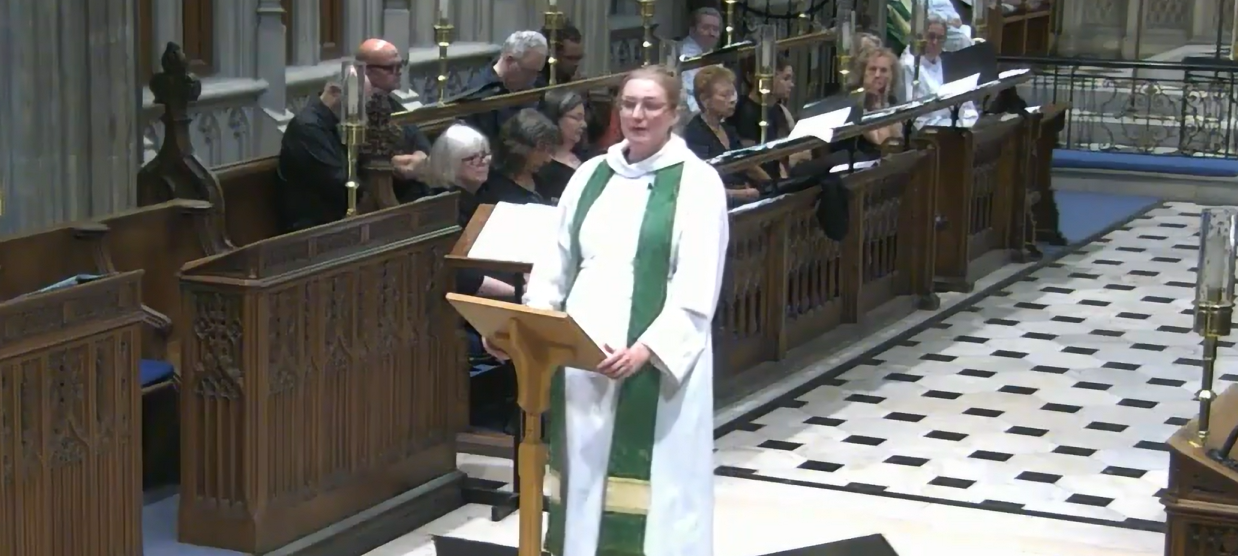Even the winds and waves obey him
There aren't often white horses on Bristol's floating harbour .. but as I write on Friday lunchtime, the water is swirling around, being pushed further upstream by the wind, and white horses are dancing on the surface of the water. It's hard to imagine what is must be like for those on the coast caught the grips of one of the most powerful storms we have had for decades.
Lake Tiberias was well known for its squalls. But let's get a couple of things straight at the off: this 'lake' is no ordinary lake. It's 13 miles long and 8 miles wide: that's roughly the length of the River Avon from SMR to Avonmouth - and as wide as SMR is from Hartcliffe. So Lake Tiberias is no ordinary lake and is probably better named as The Sea of Galilee.
As one website puts it:
- The sea's location makes it subject to sudden and violent storms as the wind comes over the eastern mountains and drops suddenly onto the sea. Storms are especially likely when an east wind blows cool air over the warm air that covers the sea. The cold air (being heavier) drops as the warm air rises. This sudden change can produce surprisingly furious storms in a short time, as it did in Jesus' day.
So the idea of a sudden squall, or even a howling gale, can't have been out of the ordinary for those disciples we read about in Sunday's gospel (Luke 8. 22-25). To be fair, we don't know which disciples were in the boat with Jesus and it is possible that they were all tax collectors and carpenters: but given the number of fishermen Jesus called to follow him, and given that we're on the sea where many of them would have spent days and nights fishing, I can't help but assume that some of them at least were used to be out in a boat on that water when storms dropped down onto the sea. The normality of Jesus being asleep suggests the usualness of the event.
And then, in an instant, it turns from chaotic to catastrophic: the boat is filling with water and they are in fear of their lives. They wake Jesus, which seems like the right thing to do as he immediately rebukes the wind and raging waves and everything turns to calm. "And then Jesus said to them....
- not "Good call waking me up: I'm here to help"
- not "I was beginning to wonder if you really believed in me"
- not "What did you expect .. I'm Jesus!"
but Jesus says to them: "Where is your faith?"
Surely, the disciples had shown faith:
- faith in Jesus by calling on him to act
- faith in his power to command the wind and the waves
- faith in his love that he would save them
Apparently, Jesus had faith in something or someone else in mind: otherwise why ask "Where is your faith?"
And, again, when confronted with the power of Christ and the wisdom of Christ, the reaction is fear and amazement. They thought they knew this man; they called him teacher; yet here was another lesson from a totally different text book ... "Who is then, that he commands even the winds and the water, and they obey him?"
Dan Tyndall
18 Feb 22






